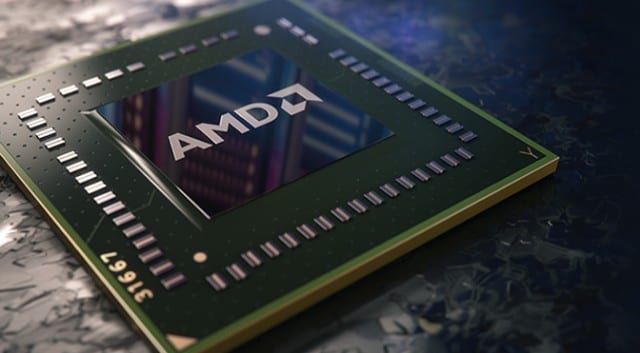The days of AMD loosing money and market share to their competitors, Intel and Nvidia might be a thing of the past. Despite falling short on revenue projections, AMD, unlike Nvidia, managed to meet earnings projections of 8% per share. This is all while predicting a stronger-than-expected 2019 in its guidance. This news resulted in AMD’s stock rising by about 10%. The company also announced that it had updated its Wafer Supply Agreement (WSA) with Global Foundries to more favorable terms.

AMD’s 2018 revenue came in at $6.475 billion, a 23% year-over-year increment. Their overall 2018 results saw the company’s highest profitability since 2011! The good news was further augmented by a significant reduction to the debt they had.

The fourth quarter was a key contributor to team red’s success in 2018 which increased 6% over 2017 to $1.42 billion. Almost all of it can be credited to the 50% YoY growth of Ryzen, with unit shipments of its desktop processors now making up 80% of its client

The enterprise market wasn’t ignored either. AMD doubled its EPYC sales over the previous quarter, mainly to cloud

However, like Nvidia, global GPU oversupply had a negative impact on their quarterly earnings, a problem to slide into the second quarter of 2019. The oversupply is a direct result of the downfall of the

Now to that aforementioned Wafer Supply Agreement. Global Foundries’ sudden exit from 7nm production earlier this year put AMD in a tough spot, as it had no choice but to source 7nm wafers from TSMC for its third-gen Ryzen and 7nm Radeon Instinct GPUs. The old WSA stated that in exchange for lower pricing, the WSA compels AMD to buy a certain number of wafers from Global Foundries each year, or face penalties.
Those penalties also apply if the company purchases wafers from another foundry. The new seventh amendment to the agreement guarantees that AMD will continue to purchase a pre-determined number of wafers from Global Foundries until 2021, but the agreement now only applies to 12nm and larger nodes. Meanwhile, AMD is free to source 7nm wafers from TSMC without penalty.


Further reading:


